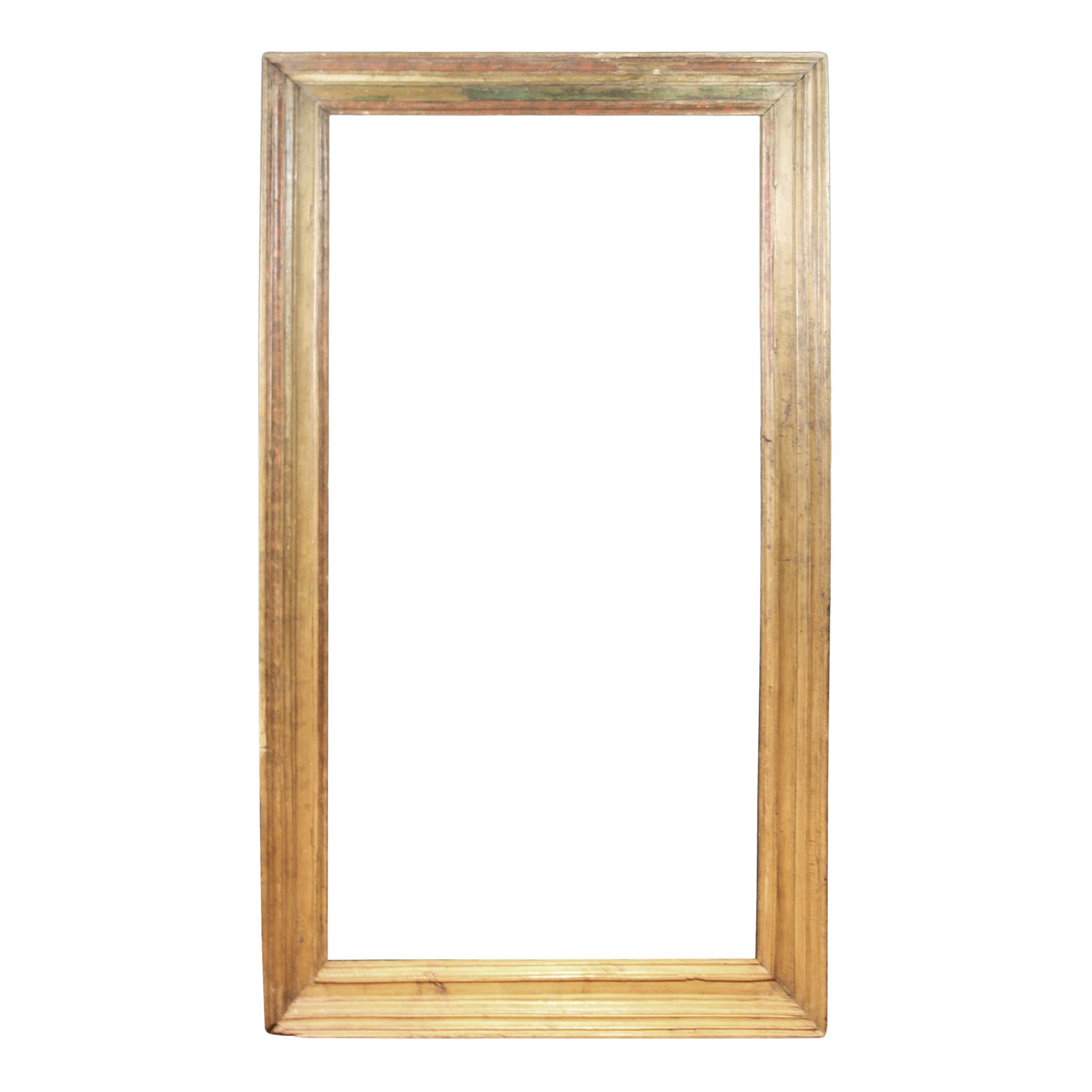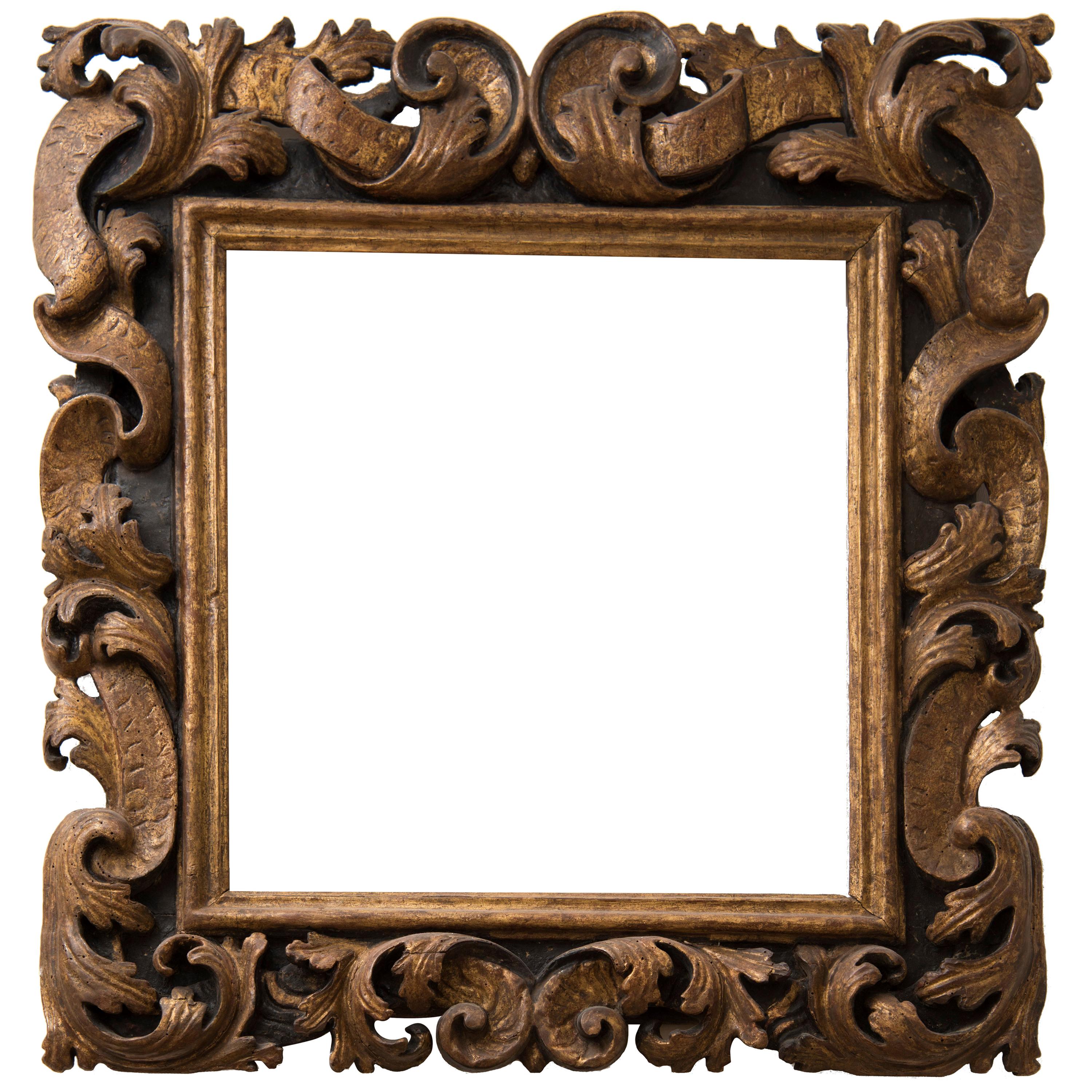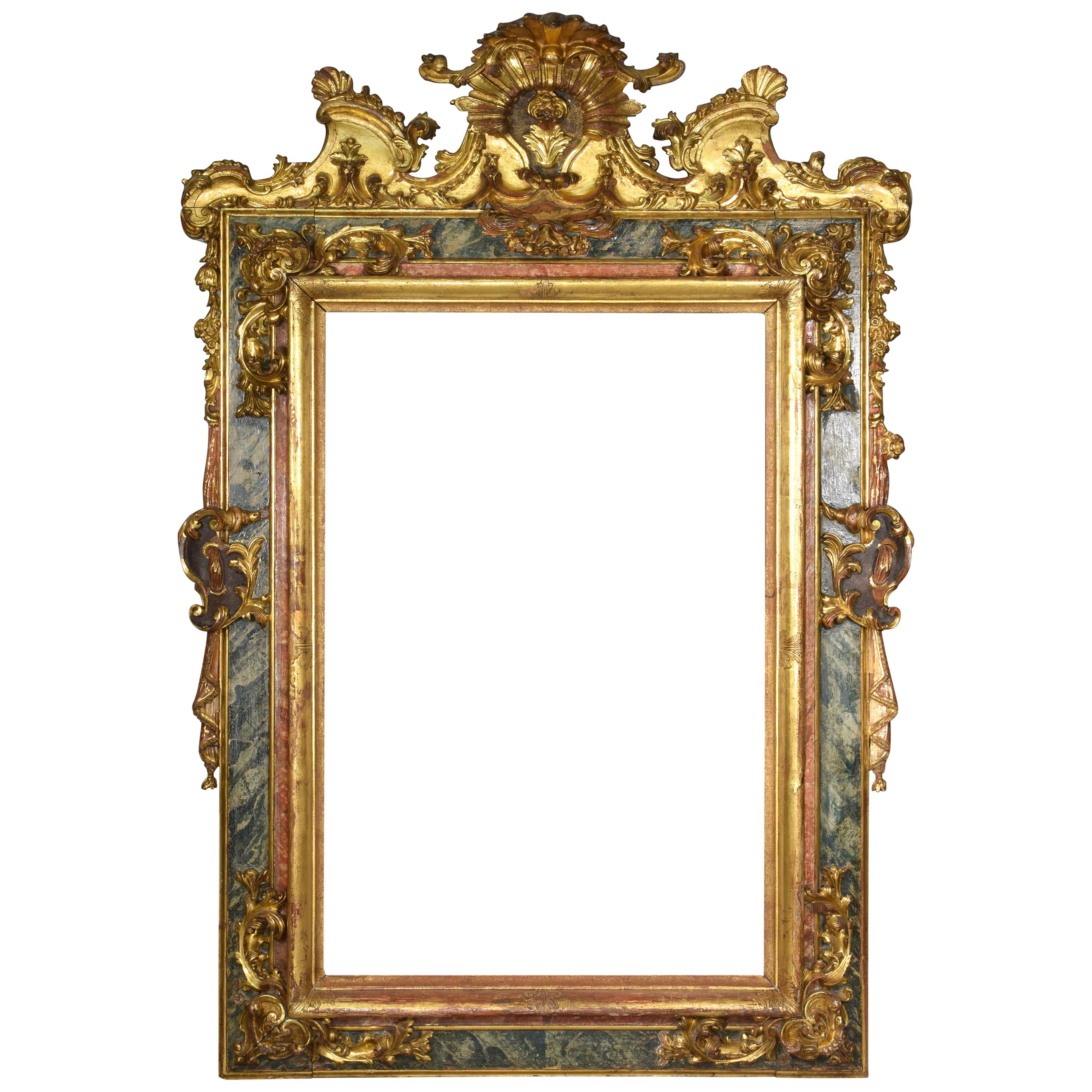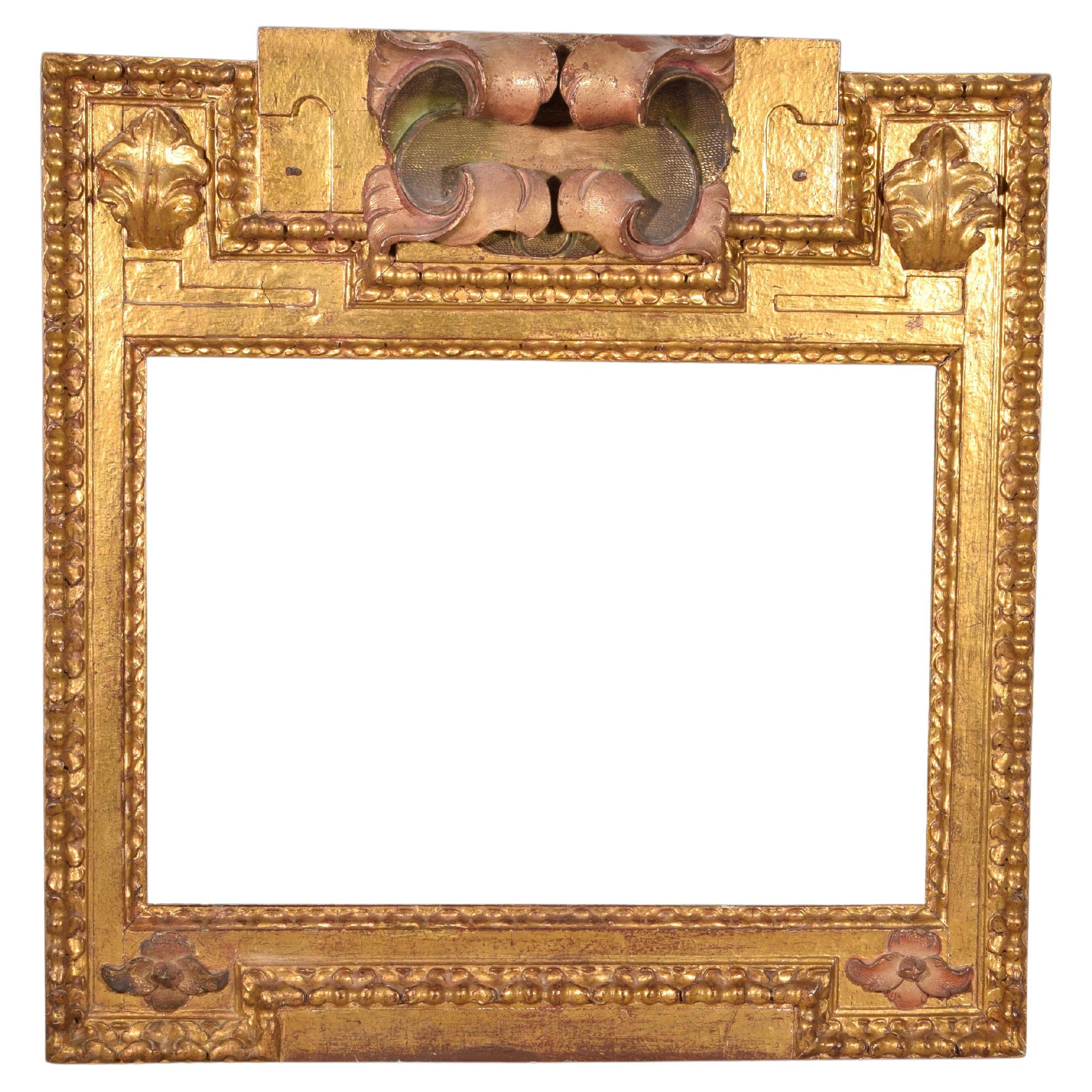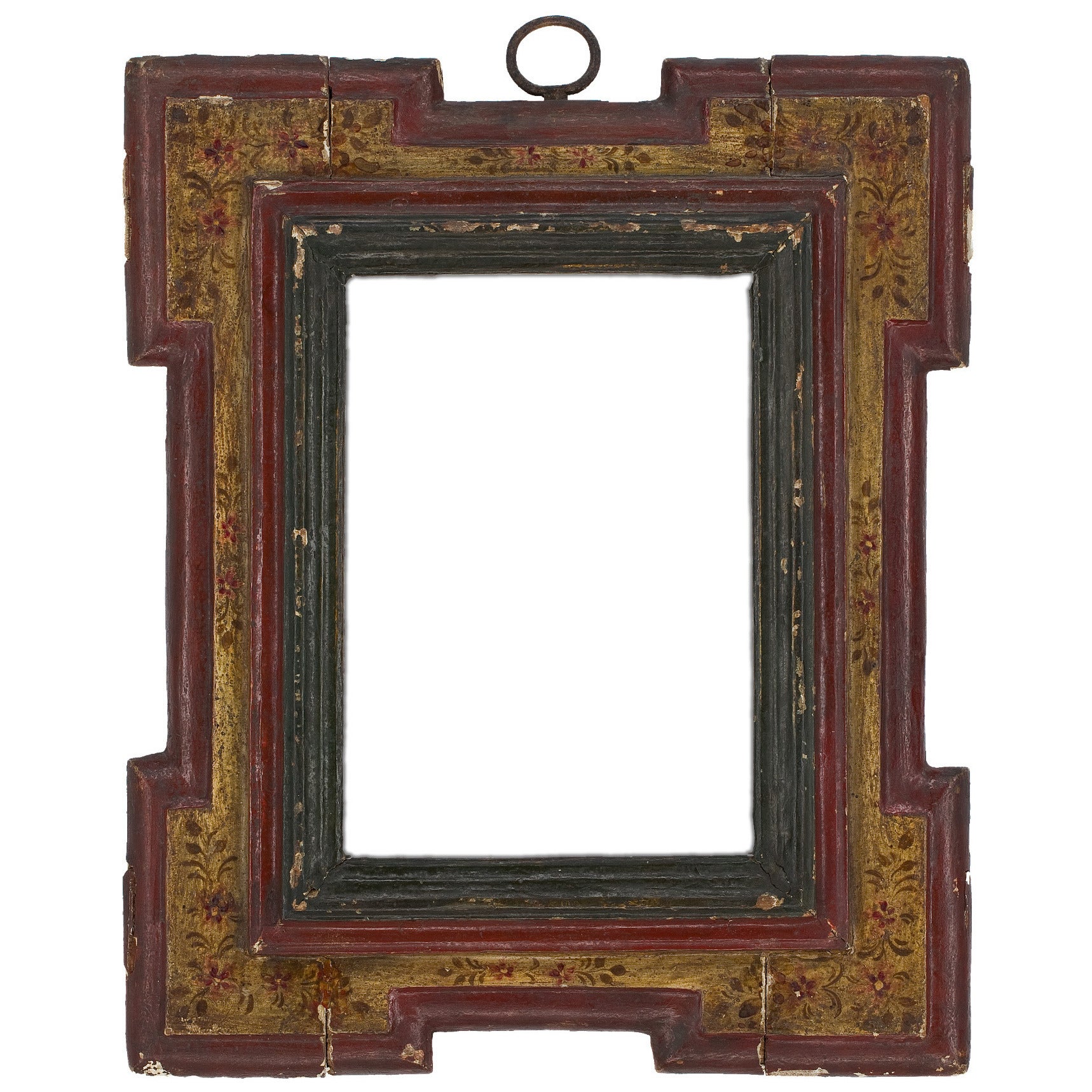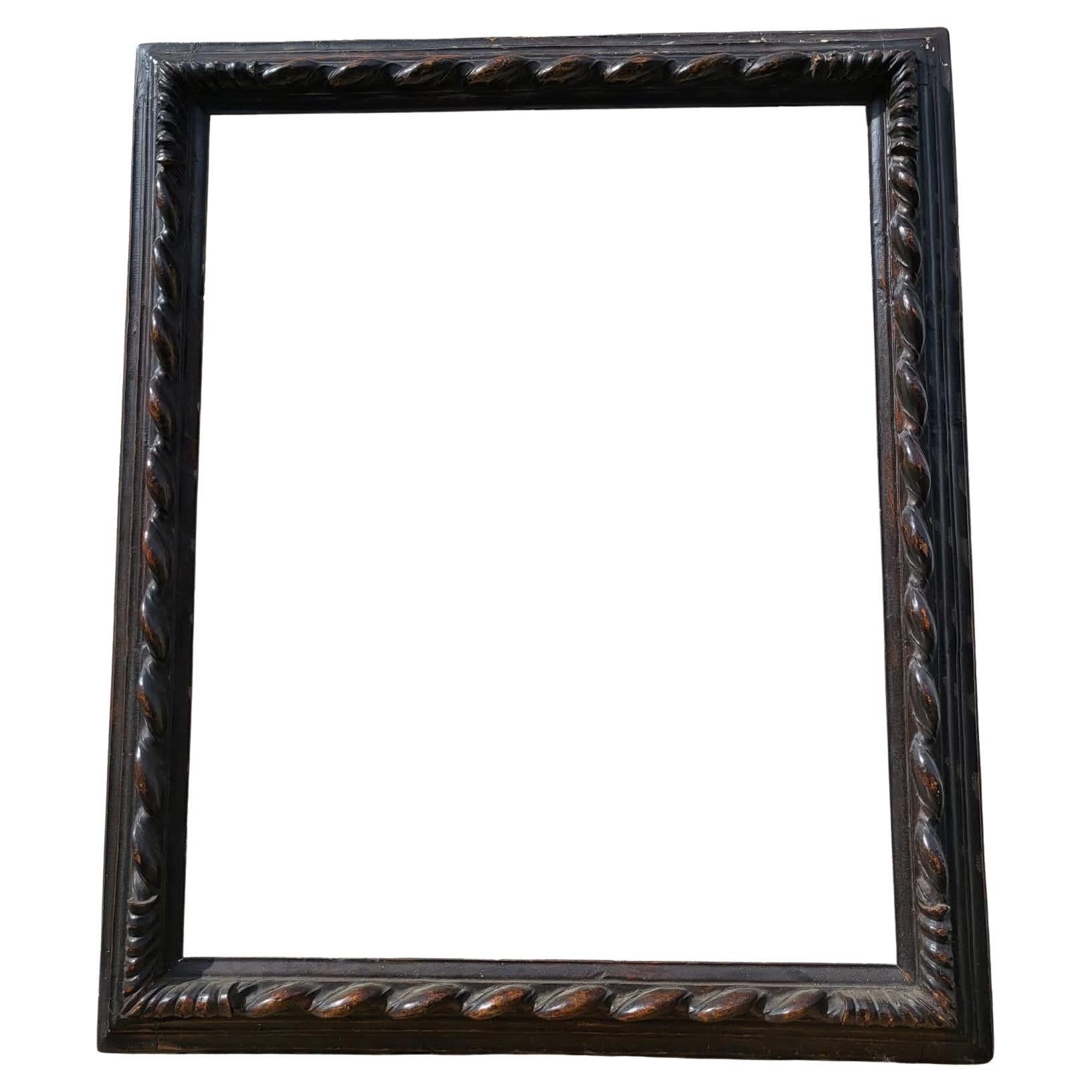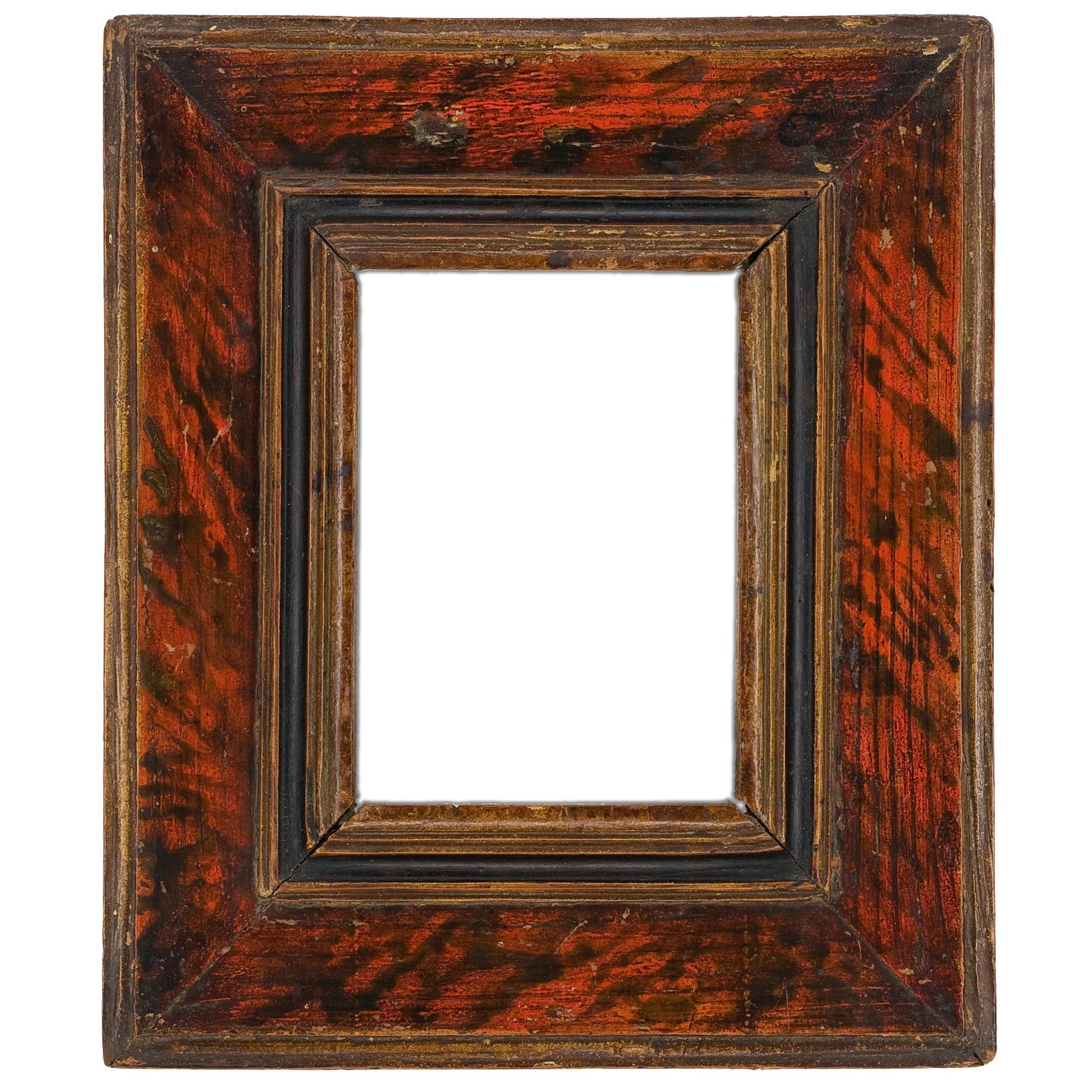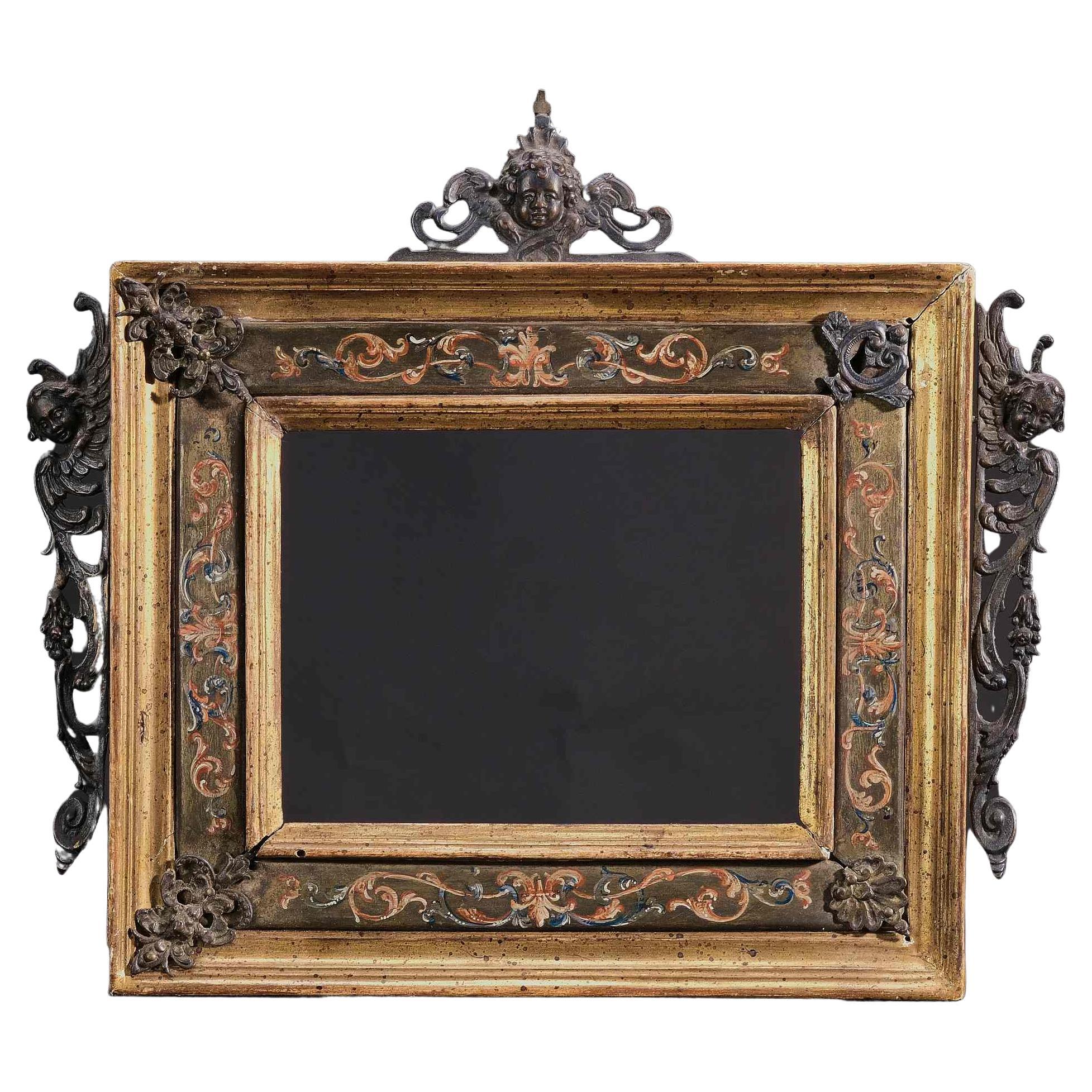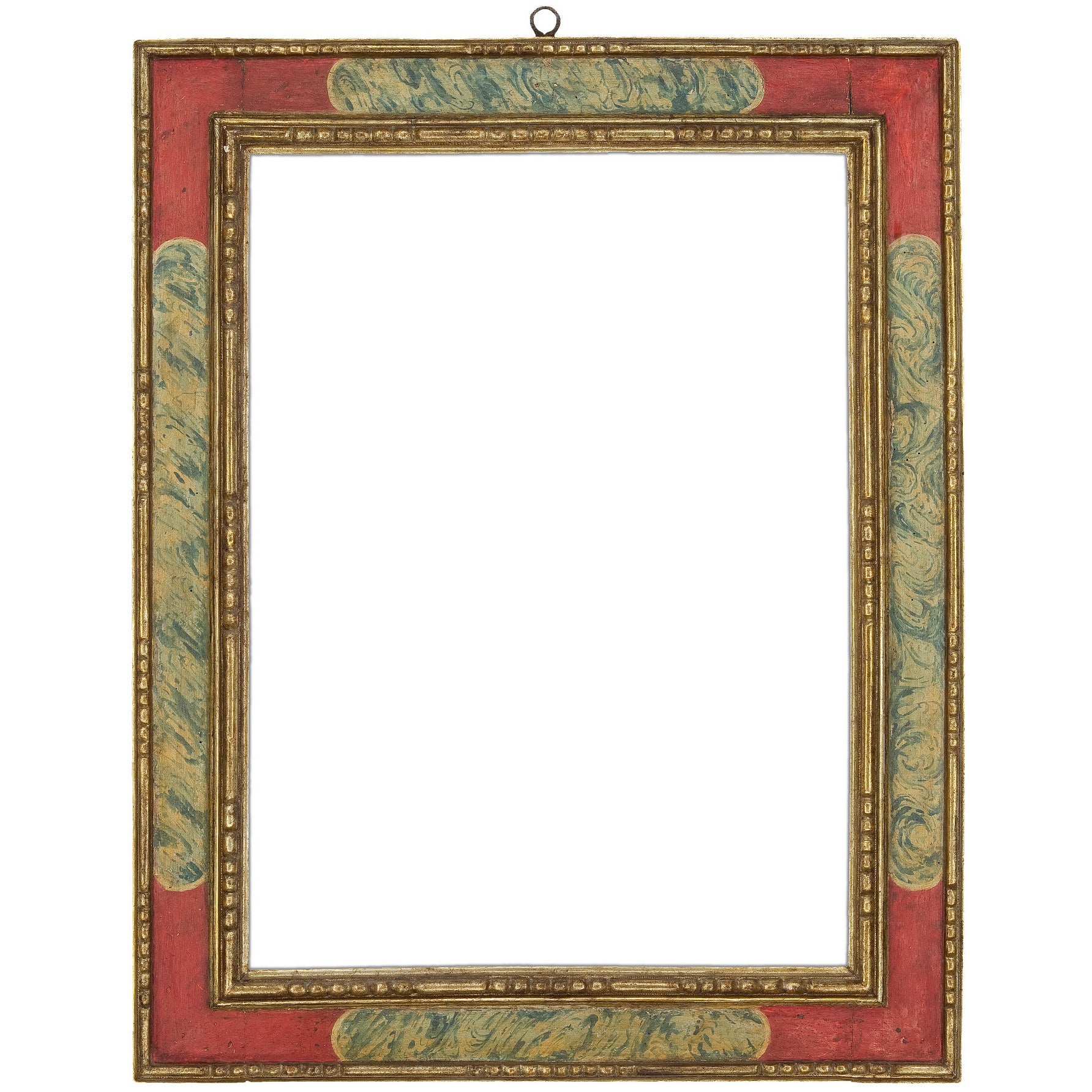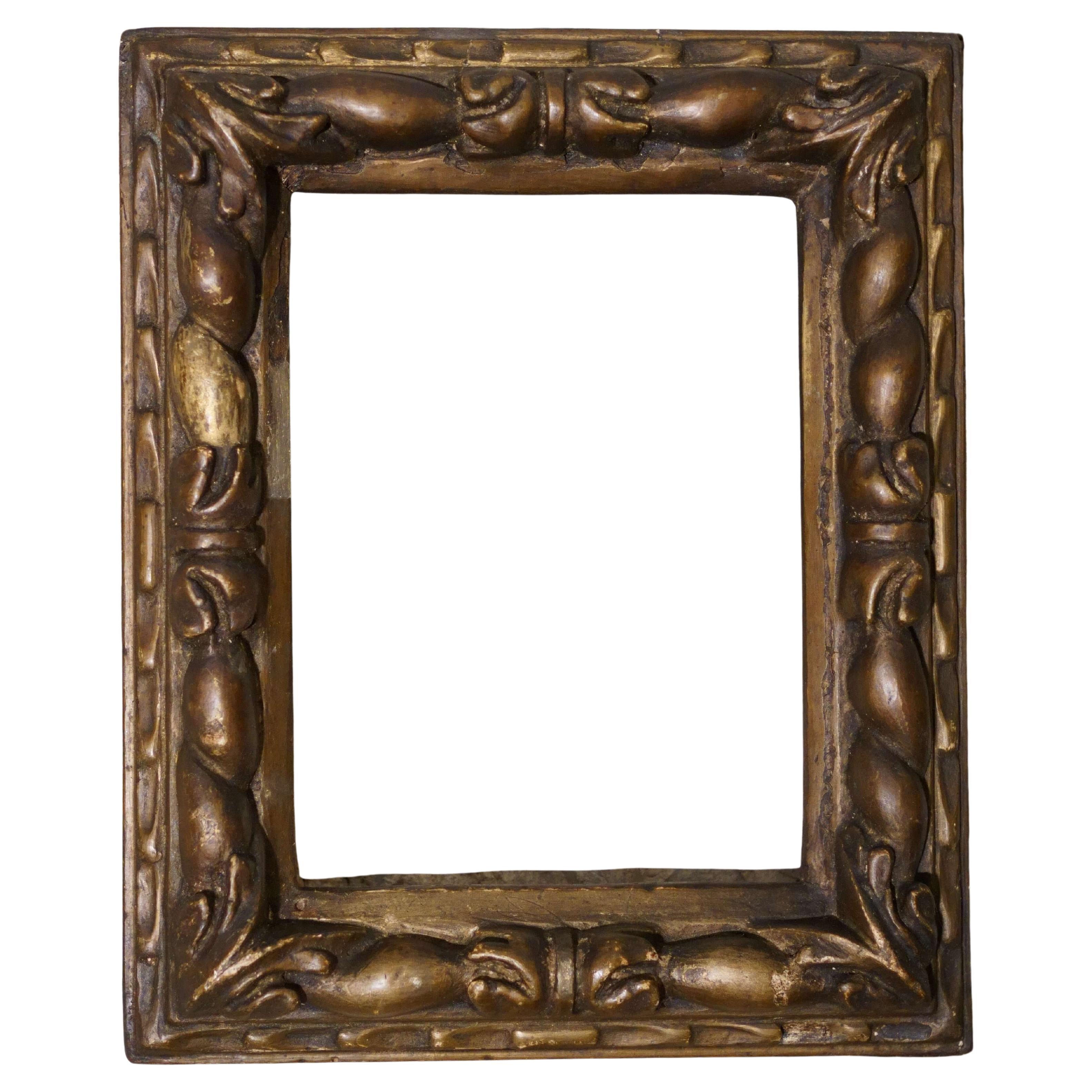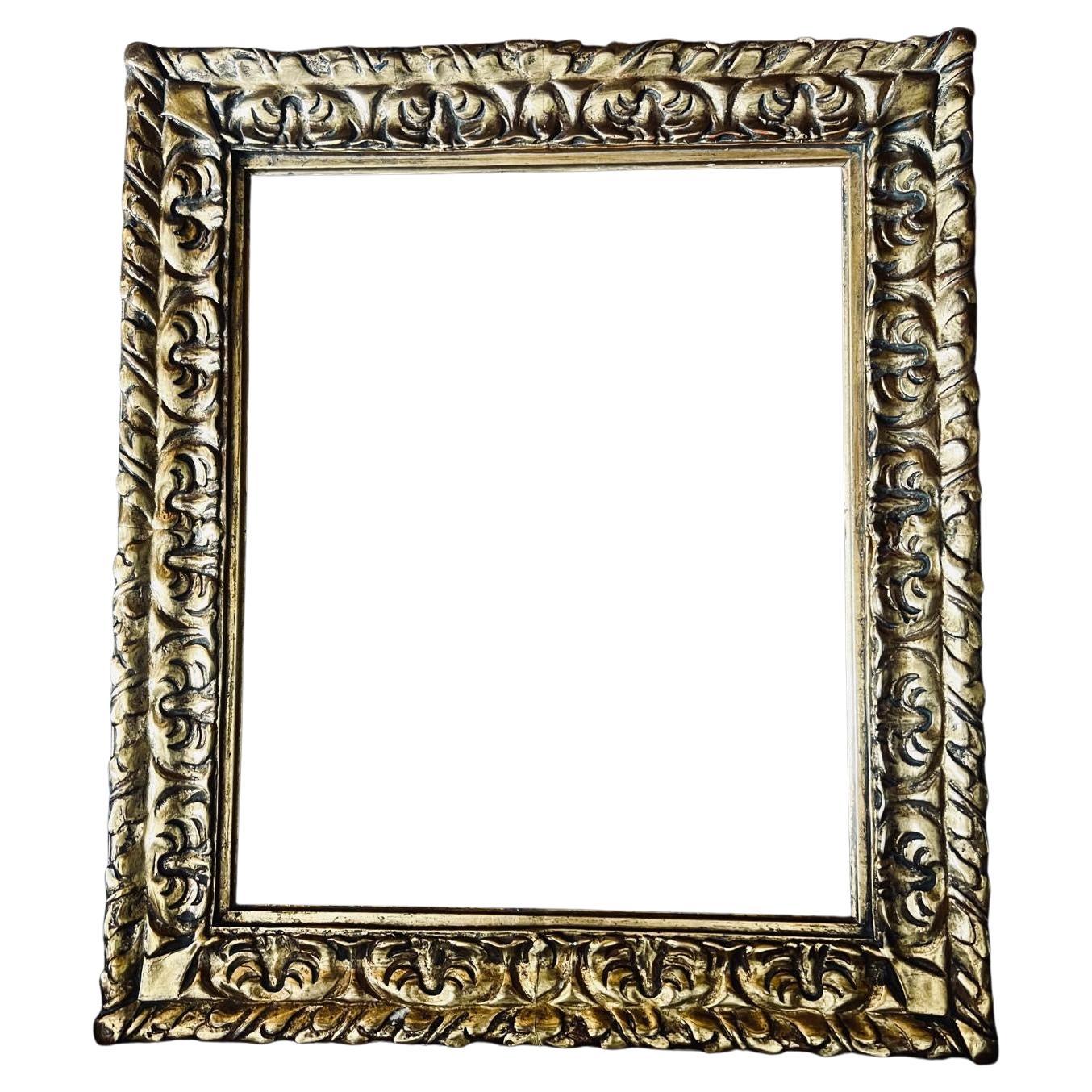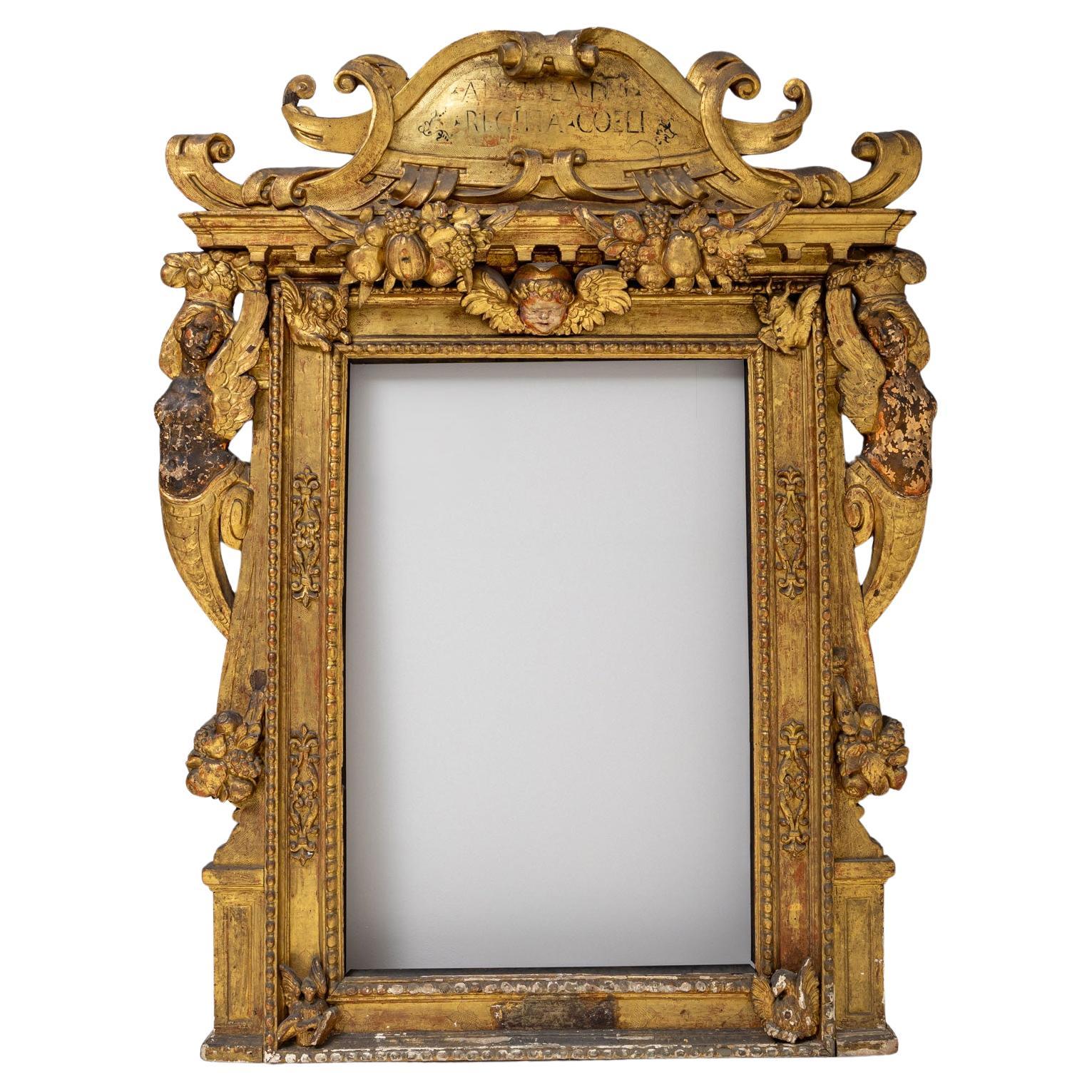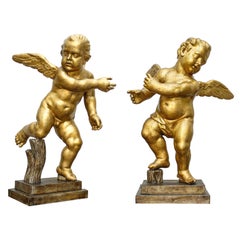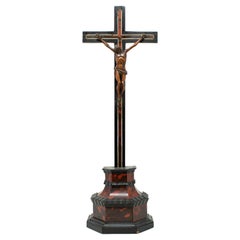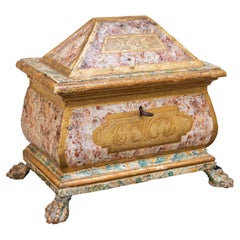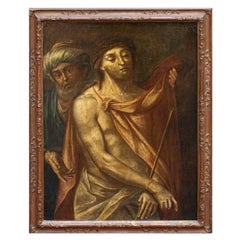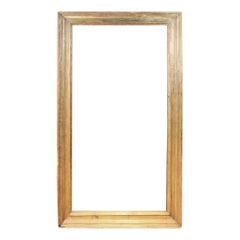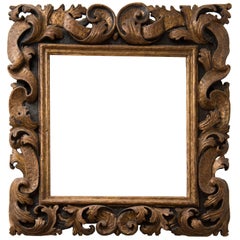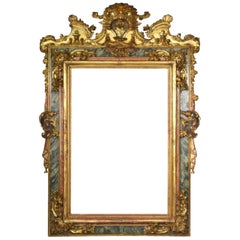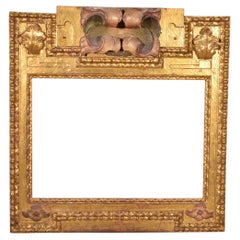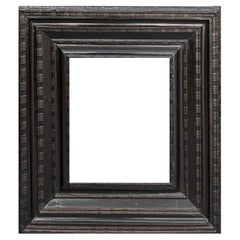
17th Century Guilloche Frame in Ebonized Finish Wood
View Similar Items
Want more images or videos?
Request additional images or videos from the seller
1 of 5
17th Century Guilloche Frame in Ebonized Finish Wood
$3,908.43List Price
About the Item
- Dimensions:Height: 35.04 in (89 cm)Width: 31.11 in (79 cm)Depth: 2.37 in (6 cm)
- Materials and Techniques:
- Place of Origin:
- Period:
- Date of Manufacture:17th Century
- Condition:Wear consistent with age and use.
- Seller Location:Milan, IT
- Reference Number:1stDibs: LU5918234428722
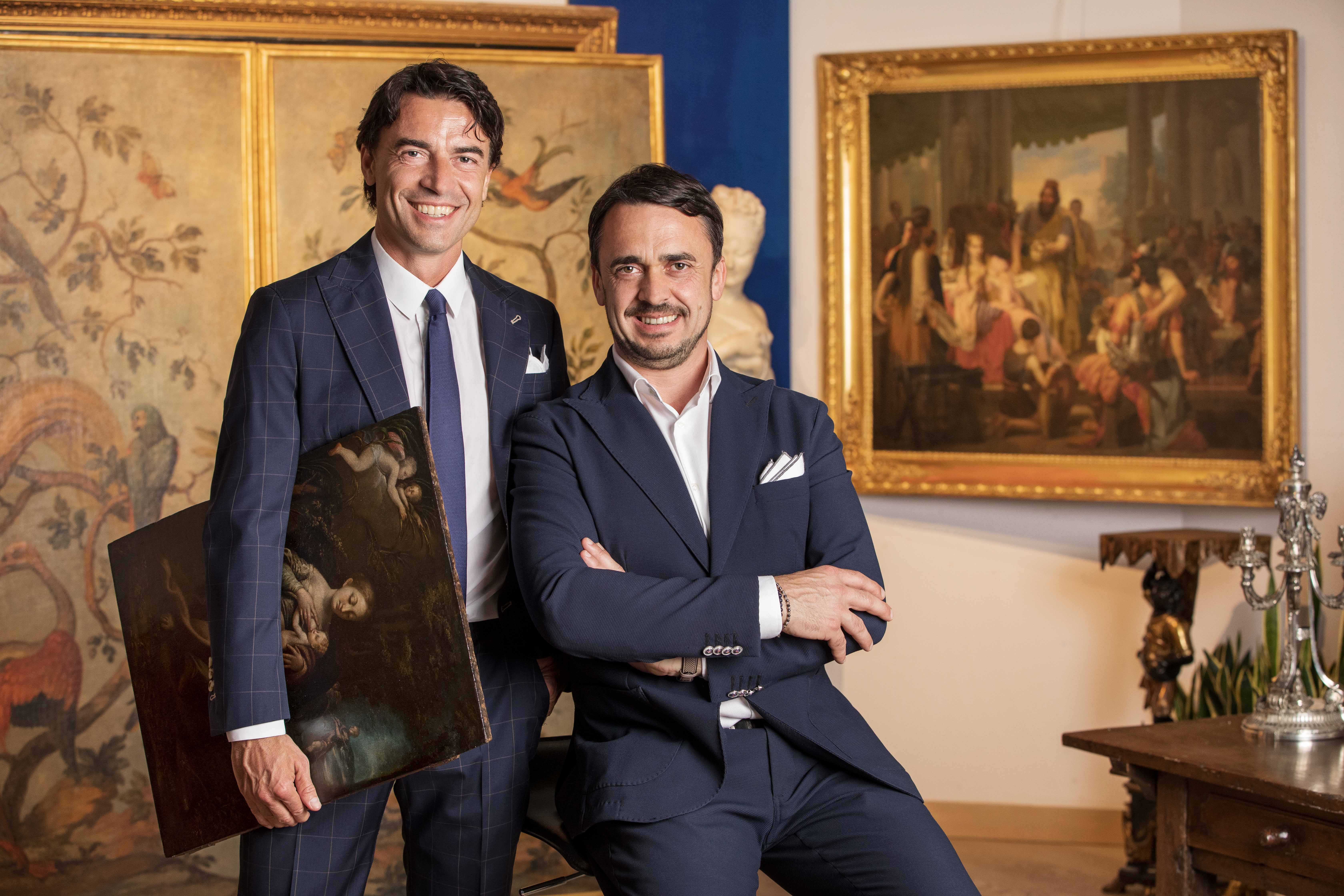
About the Seller
5.0
Vetted Professional Seller
Every seller passes strict standards for authenticity and reliability
Established in 2000
1stDibs seller since 2021
30 sales on 1stDibs
Authenticity Guarantee
In the unlikely event there’s an issue with an item’s authenticity, contact us within 1 year for a full refund. DetailsMoney-Back Guarantee
If your item is not as described, is damaged in transit, or does not arrive, contact us within 7 days for a full refund. Details24-Hour Cancellation
You have a 24-hour grace period in which to reconsider your purchase, with no questions asked.Vetted Professional Sellers
Our world-class sellers must adhere to strict standards for service and quality, maintaining the integrity of our listings.Price-Match Guarantee
If you find that a seller listed the same item for a lower price elsewhere, we’ll match it.Trusted Global Delivery
Our best-in-class carrier network provides specialized shipping options worldwide, including custom delivery.More From This Seller
View AllPair of angels in gilded wood Rome 17th century
Located in Milan, IT
Rome, 17th century
Pair of angels
Gilded wood, cm h 92 - Base, cm 25 x 40
The pair of putti examined is a masterpiece of the Roman Baroque period, a period of pomp and opulence w...
Category
Antique 17th Century Italian Figurative Sculptures
Materials
Wood
$10,067 / set
17th Century Cricifix Boxwood
Located in Milan, IT
17th century
Crucifix
Measures: Boxwood, 42 cm high x 8 x 14
The sculpture depicting the crucified Christ examined here represents a refined example of seventeenth-century cabinetry in boxwood. The figure of Christ, now dead on the cross, is part of a precious artistic choreography with the structure of the cross and its pedestal, both decorated with tortoiseshell mirrors, ivory threads to emphasize the structure of the cross and elements in ebonized and carved wood to highlight the architectural structure of the pedestal.
The departure of Christ is evident from the lowered head, from the open hands...
Category
Antique 17th Century Italian Figurative Sculptures
Materials
Boxwood
17th Century Casket Venetian School Laquered and Gilded Wood
Located in Milan, IT
17th century, Venetian School
Stipo - Casket
Lacquered and gilded wood, Measures: H. 46 cm; 50 x 31 cm
Elegant cabinet of imperious and noble presence. The leonine corbels highl...
Category
Antique 17th Century Italian Decorative Baskets
Materials
Wood
17th Century Christ in Chains Painting Oil on Canvas
Located in Milan, IT
17th century
Christ in chains
Oil on canvas, 95 x 71 cm
Frame 110 x 84 cm
The figurative tradition representing Christ with chained hands can be traced back to the early Middle Ages, when an iconography of His pains spread widely. The need to translate the Passion into images aimed to raise awareness of the forgiveness that has occurred for all men, consequent to the Crucifixion.
This painting depicts the moment before the audience before Pilate. Christ has not yet been cruelly mocked by the soldiers, despite the fact that he is already wearing the crown of thorns and the purple...
Category
Antique 17th Century Italian Paintings
Materials
Canvas
Neapolitan school, 17th century, battle scenes
Located in Milan, IT
Neapolitan School of the 17th Century
Battle scenes between Christians and Turks
(2) Oil on canvas, 52 x 71 cm
Framed, 61 x 80 cm
One genre that met with wide acclaim in seventeenth-century Neapolitan painting and flattering success among collectors was that of battle. The Parthenopean nobility loved to adorn the walls of their salons with battles depicting single acts of heroism or complex combats that exalted patriotism and warlike prowess, virtues with which members of the wealthy aristocracy of the time liked to identify.
The Church, in the Neapolitan area, was also at the forefront of commissions, commissioning artists to depict the spectacular triumphs of Christendom over the infidels, such as the memorable naval battle of Lepanto in 1571, which marked a historical turning point with the great victory over the Turks, becoming a repeated iconographic motif imbued with devotional value, replicated several times through the interest of the Dominican order, which was very devoted to Our Lady of the Rosary, who benevolently followed earthly events from above in heaven. Other themes dear to the Church within the genre were drawn from the Old and New Testaments, such as Constantine's Victory at the Milvian Bridge or St. James at the Battle of Clodius.
Among the leading Neapolitan artists of that period, several specialized in battle scenes: these include Francesco Graziani, known as Ciccio Napoletano, a battler active between Naples and Rome in the second half of the 17th century; Andrea De Lione, who lived in Naples from 1610 to 1685, a versatile narrator of battles without heroes, of horsemen assaulting or retreating, and of profane scenes immersed in a wild and primordial, yet already classicized, nature; and Carlo Coppola. The latter was active for more than twenty years, from 1640 to 1665, and his catalog, which is interesting because it bears witness to a particular historical moment and the tastes of private patrons, has yet to be defined, although many of his works are initialed. It is precisely to Coppola's corpus that these two paintings could come close: with the production of the Neapolitan battler the two paintings seem to share the smoky colors, the accentuated chiaroscuro and the marked dynamism of the scenes. Moreover, it is necessary to mention how that of the battle between Christians and Turks was an absolutely central theme in Coppola's pictorial production. Also close to the manner of the two paintings analyzed here is the production of one of Coppola's most celebrated pupils, Giovanni Luigi Rocco...
Category
Antique 17th Century Italian Other Paintings
Materials
Canvas
$9,238 / set
Roman school, 17th century, Madonna and Child
Located in Milan, IT
Roman School, 17th century
Madonna and Child
Oil on copper, 15 x 11 cm
Framed, 26 x 22 cm
The small copper on display here depicts the Madonna and Child against a dark background...
Category
Antique 17th Century Italian Other Paintings
Materials
Copper
You May Also Like
Frame. Carved wood. 17th century.
Located in Madrid, ES
Frame. Carved wood. 17th century.
It has faults.
Rectangular frame made of carved wood that still retains part of its original polychromy. As was usual in various European schools ...
Category
Antique 17th Century Spanish Baroque Picture Frames
Materials
Other
Original Ancient "Sansovino" Wood Frame, 17th Century
Located in Roma, IT
17th century wood frame is an original ancient object realized in Italy in the 17th century.
Original wood.
Very good conditions.
Exceptional frame in carved and gilded woo...
Category
Antique 17th Century Italian Picture Frames
Materials
Wood
Frame, Wood, Late 17th-Early 18th Century
Located in Madrid, ES
Framework. Carved wood, late 17th-early 18th century.
Rectangular frame that presents a "base structure" of straight lines, combining moldings of different widths and finishes (inside, a golden band with Fine plant details towards the corners; then a thin red one, and a wider green one, these two the latter imitating marble; outside, another fine gilt molding), enhanced with a series of carvings of vegetal elements in the corners (symmetrical composition), two ovoid elements on the long sides and a highly elaborate cresting with vegetal elements, rockeries, scrolls, flowers and imitation of fabrics (which are joined with those ovoid elements mentioned).
The combination of red, green and gold is common in certain types of frames (compare, for example, with the terracotta of Salamanca made around the middle of the 16th century by Juan de Juni, which is kept in the Victoria and Albert Museum). On it, a series of carvings with a lot of movement and depth have been added, showing Baroque influence (reminiscent in certain details of works such as the frame of the Immaculate Conception by Alonso Cano...
Category
Antique Early 18th Century European Rococo Picture Frames
Materials
Wood
Polychromed and Gilded Wood Frame, Spain, 17th Century
Located in Madrid, ES
Framework. Gilded and polychrome wood, 17th century.
Presents loss in lower left area.
Frame made of carved wood gilded and polychrome in certain areas that presents a decoration bas...
Category
Antique 17th Century Spanish Baroque Picture Frames
Materials
Other
17th Century Spanish Polychrome Frame
Located in New York, NY
17th century Spanish Provincial polychrome frame. Hand-carved with extended corners, and hand-painted floral design.
Category
Antique 17th Century Spanish Picture Frames
Materials
Paint, Wood
Carved Wooden Frame, 17th Century
Located in MARSEILLE, FR
Large wooden frame carved in twisted style and painted, from the 17th century.
Original paint - Some chips and missing parts, traces of treated woodworm, transformations on the b...
Category
Antique 17th Century Italian Rococo Picture Frames
Materials
Wood
Recently Viewed
View AllMore Ways To Browse
Large Antique Gilt Picture Frame
Murano Twisted Glass Frame
Picture Frame 3 X 5
Antique Metal Picture Frames
Picture Frame Venetian
Art Deco Brass Picture Frame
Art Deco Frame 5x7
Antique Leather Picture Frames
French Enamel Picture Frame
Antique Childrens Rings
River Mirror
Modernist Picture Frame
Antique Enamel Photo Frames
Sterling Silver Picture Frame Large
Beaded Picture Antique
United Furniture Tiki
United Tiki
4 X 6 Antique Picture Frames
